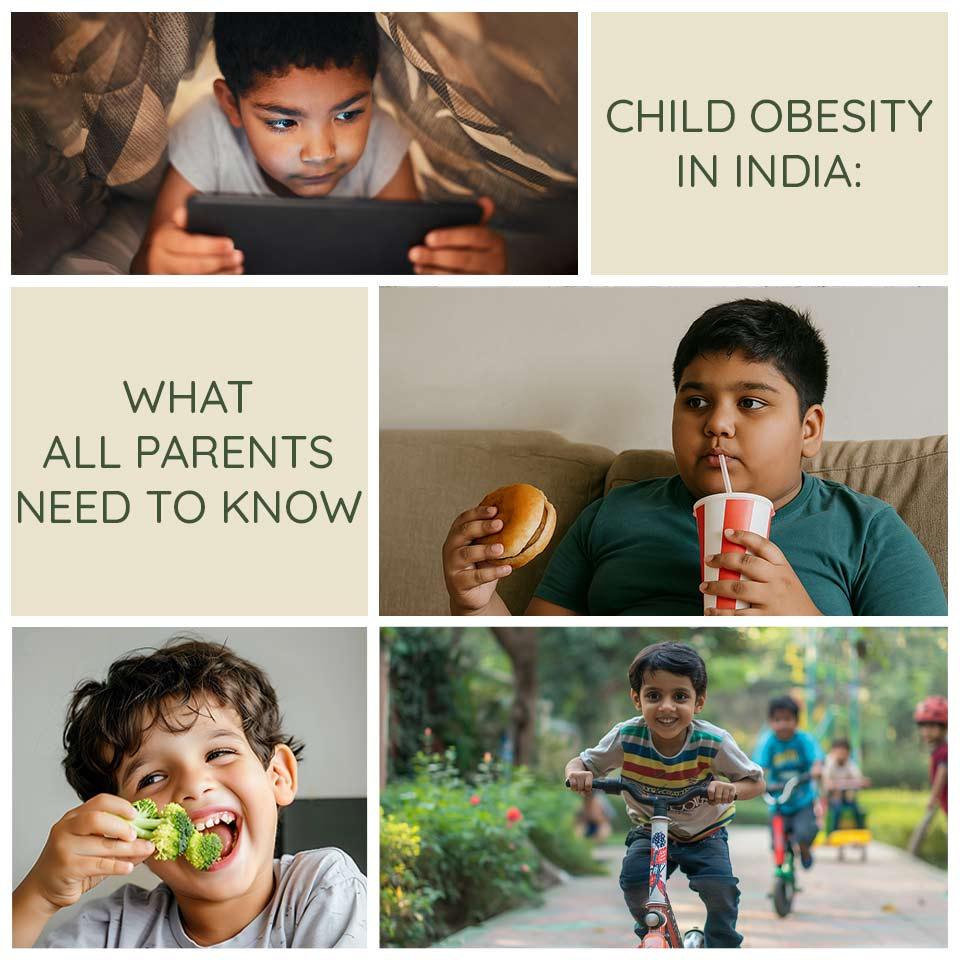When you hear the word "diabetes", what does it come to mind?
Most likely, an elderly uncle is taking insulin shots, or a grandparent of a grandparent. But do you think? Diabetes is no longer for the crowd of the 50s and 60s. It is knocking first- in the 30s, 20s, and even in the teenage years. And in India, it is playing the alarm as never before.
Let's talk about it. To not give you stress, but to ensure that you, your friends, and your family don’t end up fighting early age diabetes.
So, what is Diabetes? At its core, diabetes is a condition where your body either does not make enough insulin or cannot use it properly. Insulin is like a key that gives sugar (glucose) from your food to enter your body's cells. Without its functioning, sugar remains in your blood, leading to high blood sugar or glucose, and eventually leading to heart disease, kidney problems, nervous damage, vision loss, and more, like long-term issues.
Dangerous reality in India
India is not called the diabetes capital of the world only for entertainment. Recent estimates show more than 100 million diabetic patients in the country, and the scariest part? It is killing more young people than ever before.
Unlike the West, where diabetes usually appears on 50 plus in India, people are being diagnosed in their 30, 20s, and even in late adolescence. That too, many times without any family history.
Why? Let's break it.
Early onset of Diabetes in India: Top Causes
1. Idle lifestyle: The days have gone, when children played cricket on Gullis or cycled for hours. Now it is PUBG, Netflix, and Instagram scroll till midnight. With minimal physical activity, our bodies become lazy, and it is a huge diabetes trigger.
2. Unhealthy, processed diet: Let's be honest: We love food. These spicy samosas, cheese-loaded Maggi, soft drinks, or sugars are heavy on every occasion-Indian diets are heavy in sugars and carbs. Mix with low fibre and minimal vegetables, and it is a disaster waiting to happen.
3. Increase in childhood obesity: Many Indian children have now been overfed and malnourished. Very high calories, very little nutrition. This causes insulin resistance and early signs of metabolic syndrome.
4. Genetic predetermination: It is a matter of regret that Indians, genetically are more prone to insulin resistance than the Western population - even thin people. So when lifestyle goes wrong, our genes do not really forgive us.
5. Stress and lack of sleep: Whether it is board examination or college cutoff, job stress or relationship -stress levels are mostly through the roof. Add screen addiction and sleep deficiency to the mix, and you are making a dangerous cake.
6. Polycystic ovary syndrome (PCOS) in young women: The number of young girls and women facing PCOS is rising at a quick pace, which increases the risk of insulin resistance and early diabetes.
Why should you care?
Early diabetes is not just about taking medicines or leaving sweets. It affects your:
• Energy level and mood
• Ability to exercise or maintain weight
• Fertility and sexual health
• Mental health
• Long -term risk of blindness, kidney failure, excisions, and heart attacks
What is worse? It grows quietly. Many youths have pre diabetes and they are not even aware about it until it is too late. Getting diagnosed at 22 instead of 52 means you’re dealing with a lifelong condition 30 years too early.
How to avoid diabetes early: Good habits for Indian lifestyle
Don't worry - it is not all doom and gloom. Good news? Early stage type 2 diabetes can be prevented to a great extent. Here's how you can shield yourself, in a desi-style:
1. Eat local, Eat real
• Choose home cooked meals over processed food.
• Change white rice with semi-polished rice, brown rice, or millet.
• Avoid sugary drinks; Drink buttermilk, coconut water, or nimbu-pani.
• Silent in more fiber- courtesy, sprouts, whole grains.
2. Follow the "plate method" on your plate:
• 50% vegetables
• 25% protein (lentils, cheese, soy, eggs, fish, etc.)
• 25% complex carbs (bread, rice, millet);
3. Walk After Meals
Even a 10–15minute walk after lunch or dinner can control your sugar spikes. Call a friend and make it a phone + walk combo.
4. Reduce seating time
Watching a show for long hours? Get up, stretch, or roam during advertisements/start of a new episode. Laptop for office? Use a standing desk or move every 30 minutes.
5. Exercise like it’s a daily routine
Do not overthink it:
• 30 minutes of walking, jogging, dancing, zumba, yoga- just move daily
• 2-3 days power training also helps
6. Fix your sleep timing
• 7-8 hours is must
• Keep the screen away while sleeping
• Sleep and wake up in constant hours
7. Manage stress systematically
• Yoga, meditation, long walks, even music - when you are calm
• Limit caffeine and social media to improve mood and focus
8. Screen regularly
• Start checking your blood sugar by the age of 25 if you have family history or are overweight
• Go for HBA1C tests (3 months average blood sugar level)
• Monitor the waist circumference: more abdominal fat = high risk
Parents, teachers, elderly: note to remember
Stopping early age diabetes is not just a personal job. Society plays a big role. That means:
• Schools should encourage sports and limit junk items in canteen
• Parents should set examples and should cook better, not bribe kids with treats
• Offices should promote healthy food and walking breaks
• Friends should not make fun of efforts to clean or exercise
• Become a person who normalizes health in your circle.
Final thoughts
India is young, yes - but it is also getting unhealthier younger. Diabetes does not care about your dreams, your youth, your productivity. But you can now take enough care to keep it away.
You consider it for your future.
Eat well, sleep enough. And move forward. Take a deep breath.
A healthy decision in a day can save you from a lifetime chronic disease. Start NOW.
Dt. Simran Kushwaha
(Executive Nutritionist – The Nuva)
References:
1. Indian Council of Medical Research (ICMR)-INDIAB study (https://pmc.ncbi.nlm.nih.gov/articles/PMC3192597/)
2. World Health Organization (WHO): Diabetes India Fact Sheet. (https://www.who.int/india/diabetes)
3. Ministry of Health and Family Welfare, Government of India: National Diabetes Programme. (https://pmc.ncbi.nlm.nih.gov/articles/PMC3395295/)
4. The Lancet Diabetes & Endocrinology: “Diabetes in India: The national picture and youth trends.” 2022. (https://www.thelancet.com/journals/landia/article/PIIS2213-8587(23)00119-5/fulltext)











